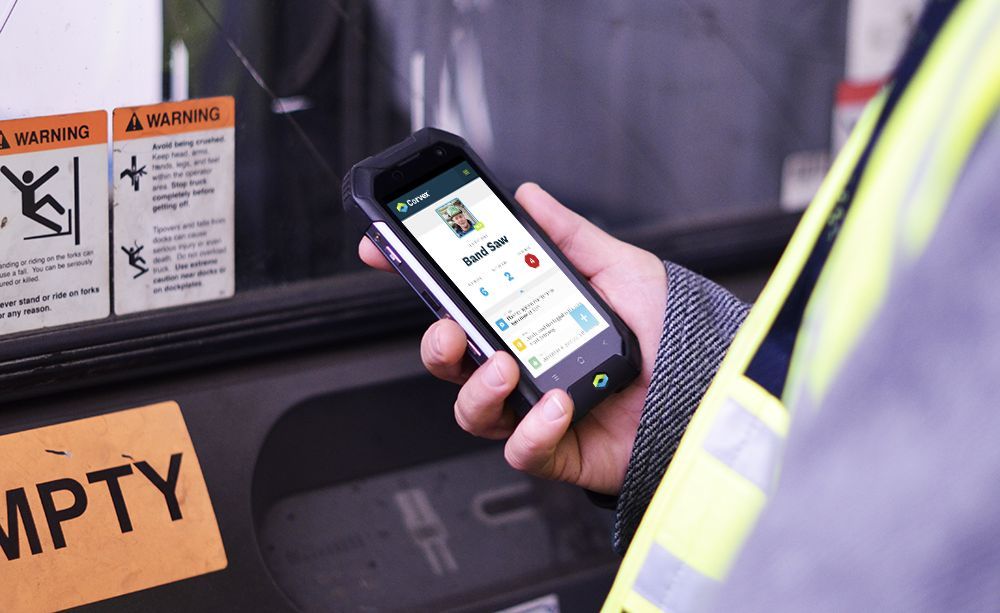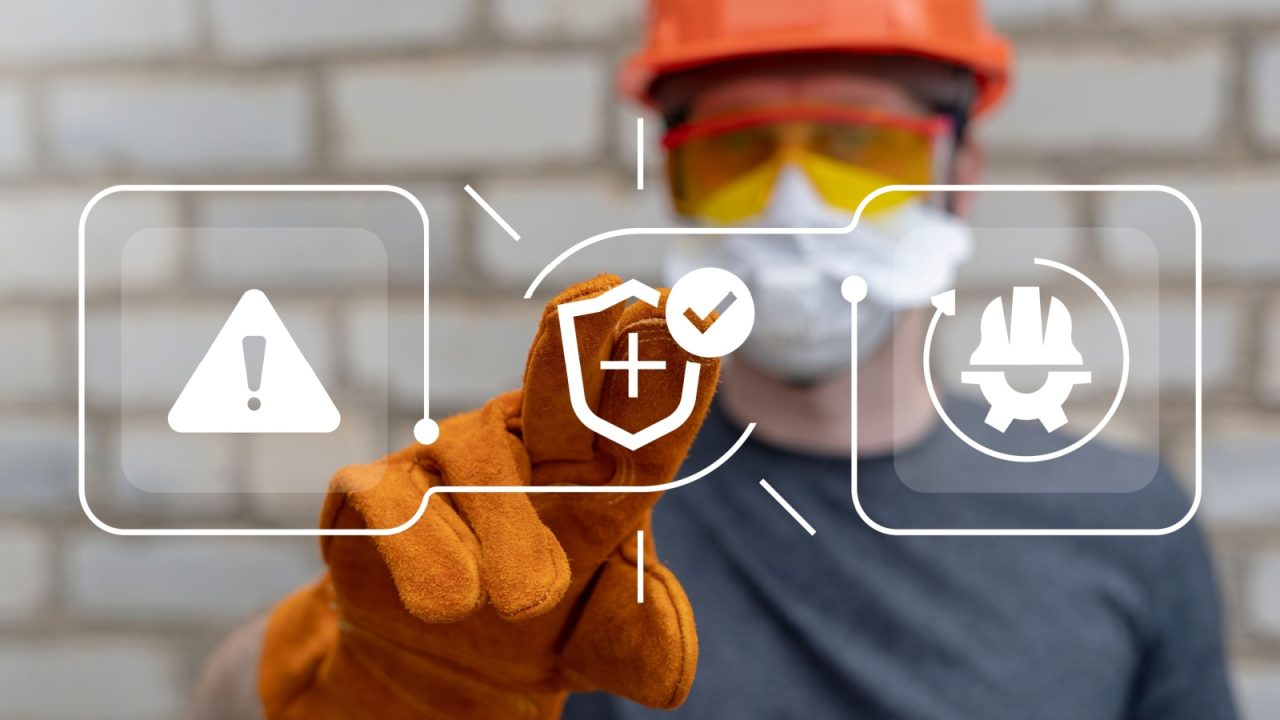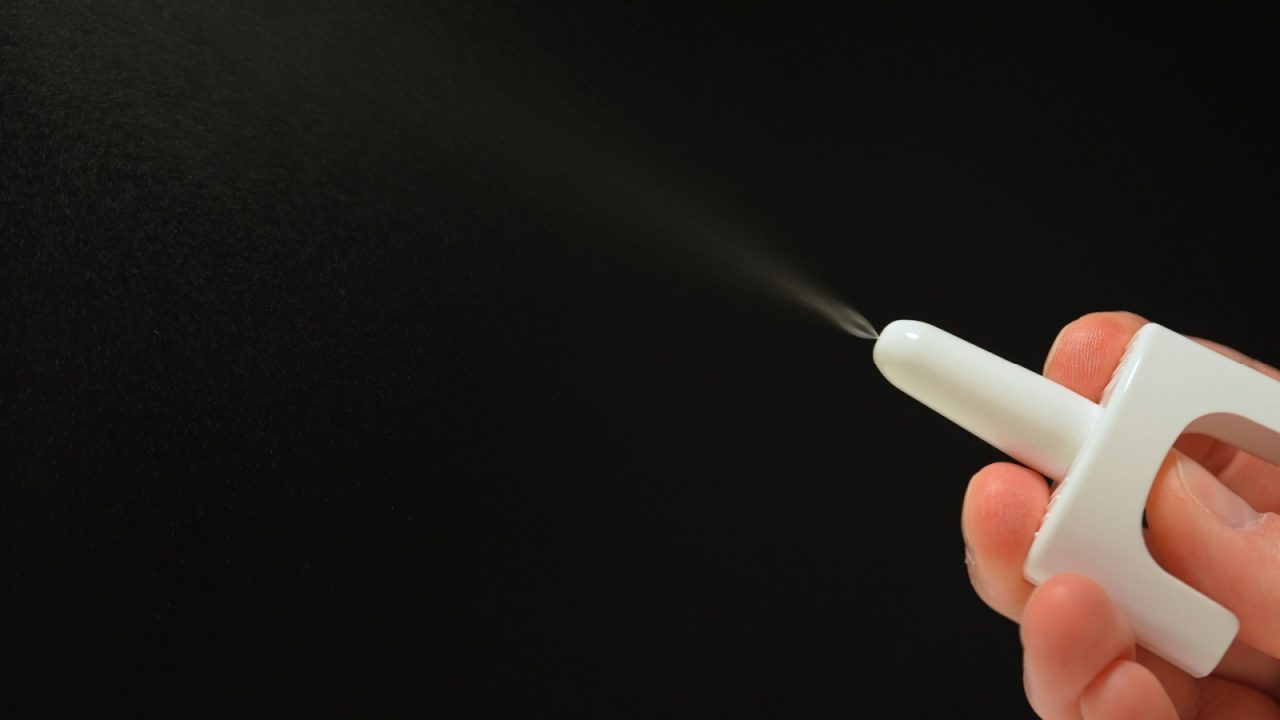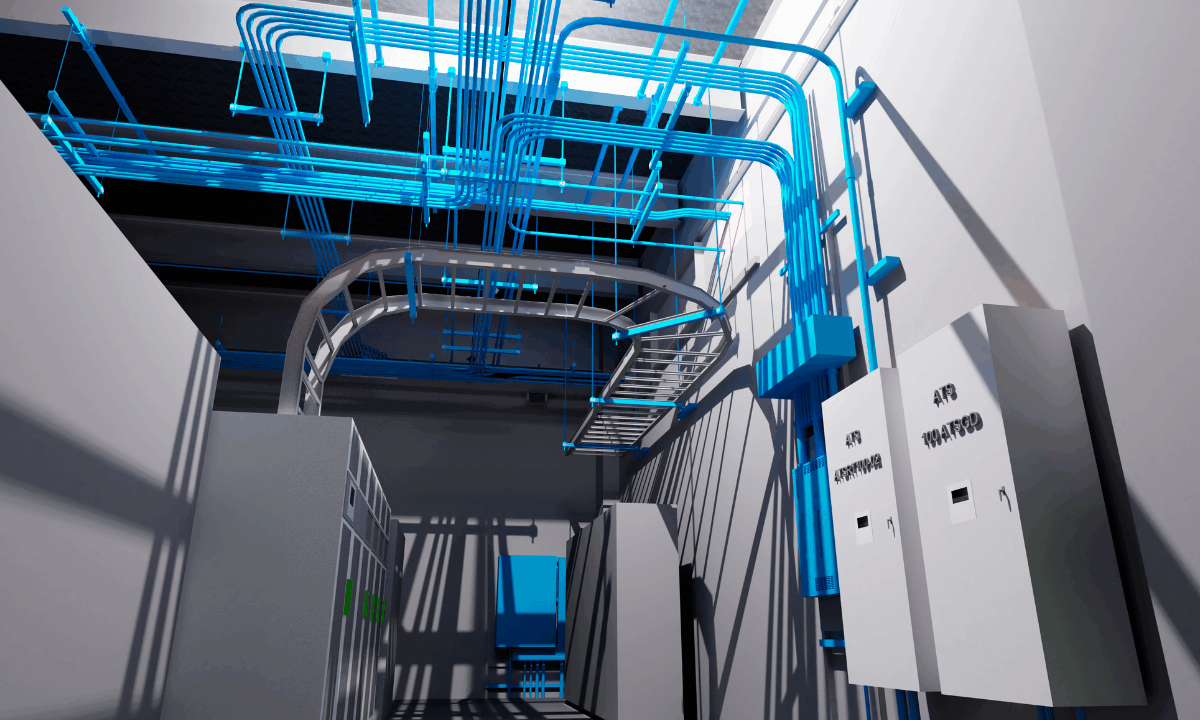The jobsite of the very near future will take safety programs to the next level by using the internet of things (IoT) to connect workers of all levels on the jobsite using personal protective equipment (PPE). To understand what this could look and feel like, follow a construction project manager, superintendent, foreman and site safety manager in a typical day with full integration of IoT.
A Day at a Connected Jobsite
The day begins with the site safety manager greeting a small crew of new hires by assigning them sensors that are worn on specific items of PPE: safety vest, hard hat and safety glasses. In addition to the standard jobsite orientation, the new workers are given instructions on micro-learning sessions they will be required to view or participate in prior to entering certain areas of the jobsite. The crew’s foreman will give them further information on the micro-learning as she has a device that is connected to the crew’s sensors and areas of interest throughout the project site. These areas of interest include a Controlled Access Zone beneath some active decking work and an area where hearing protection must be worn 100 percent of the time.
The superintendent takes a look at his device dashboard that includes a site view. From the site view, he can quickly see observations that are occurring in real time. The observations are logged by equipment operators, laborers and other trades workers as well as foremen, superintendents and project management staff. He notes that there have been several observations of an unsafe condition near the Controlled Access Zone and decides to prioritize this area first for his morning site walk.
As the superintendent approaches the Controlled Access Zone, he observes two workers from the decking crew fixing the signs and barricades warning other crews of the Controlled Access Zone. One of the workers is the decking crew foreman; he steps back, takes a photo of the properly erected barricades and signs with his device and indicates that this unsafe condition is now fixed. In the office trailer, the project manager arrives and looks at her device dashboard. She notices that the unsafe condition near the Controlled Access Zone has been fixed.
The Old Days
At this same jobsite, a year ago, before connected devices were deployed, the timeline from observation of an unsafe condition, reporting it and fixing it could have taken an entire day and involved written reports. This lag time left workers exposed to potential injury. With connected devices, the observation and reporting are combined in real time, ensuring the fix is done much quicker and everything is documented in the cloud without need for paper reports.
When written reports are used for tracking and trending unsafe conditions and unsafe behavior, worker training lags too. Toolbox talks or tailgate meetings may address topics that have already been fixed or conditions that no longer exist due to progress of the work. With connected devices providing real time safety information, worker training is improved as well.
Training at a Connected Jobsite
In preparation for the next day’s toolbox talk, the site safety manager and project manager quickly meet and view the device dashboards from the day. There were unsafe conditions reported and fixed, and a few safety kudos were doled out as well. One unsafe condition is outstanding at the end of the day related to the area of the jobsite that requires 100 percent hearing protection. The site safety manager pushes an alert through the connected devices to workers that are assigned to this specific area – there will be a safety meeting first thing in the morning to review the safety policies for this area.
The next morning, workers arrive at the hearing protection area wearing sensors on their safety vests as usual. The project manager, superintendent and site safety manager arrive ready to start the meeting and discuss the specific observations from the prior days as well as the outstanding unsafe condition. As the site safety manager begins the meeting, they tap their device screen to capture the attendance for the meeting based on the workers’ sensors. The workers give their full attention to the site safety manager since they are not anxiously awaiting a meeting sign-in sheet. The meeting lasts about five minutes and a few workers receive PPE required for the area to close out the unsafe condition observation.
Seamless Safety Success
A device on every worker equipping them with the information and technology to communicate with peers in real time can decrease costs related to time spent conducting inspections, preparing for or participating in training, and incident investigation. This decrease in costs is evidenced by more efficient worker interactions, more efficient management of the safety program by supervisors, ultimately leading to reduced injuries and insurance premiums.
Smart equipment integrated with an IoT software platform creates a safety community, where workers are connected with their environment, safety managers and team – leveraging real-time data and communication tools through the platform.
In a safety community, workers own the processes that keep them safe by connecting with their team in real-time to enhance worksite awareness, hazard and risk identification, mitigation of unsafe conditions and behaviors, and effective safety communication across all levels of workers at a site. Innovation drives engagement in a safety community where each worker, regardless of title, has the opportunity to guide the improvement of the safety performance of the company in real time.
The rewards for forward-thinking organizations are great so consider a connected safety strategy.







